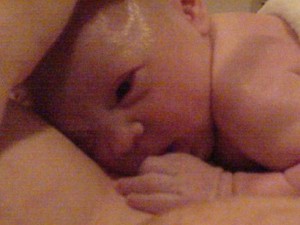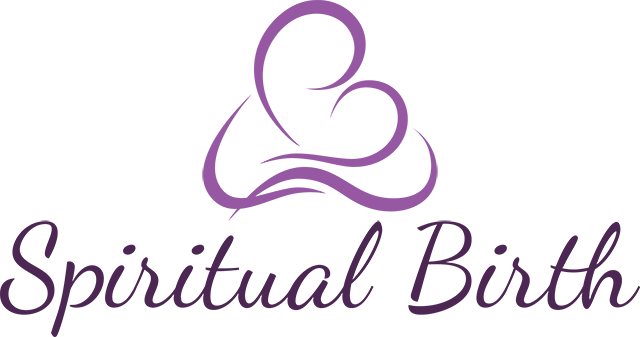
By Marianne Littlejohn
Skin-to-skin contact means placing a newborn baby without clothes onto a mother’s skin on her chest, and maintaining this contact by fixing the baby in this position with a wrap. In this position, babies are warmed by the mother’s skin temperature, their heart rate stabilizes and the breathing rate is better regulated. Babies produce increased amounts of growth hormone, as well as oxytocin, both of which improve the babies’ wellbeing. Maintenance of this position is called Kangaroo Mother Care.
Crucial research into Kangaroo Mother Care has shown there are substantial physiological benefits of skin-to-skin contact for babies. Evidence from studies in human neurobiology shows that routine separation of newborn babies from mothers slows down the baby’s growth and social responsiveness. Touch and body contact followed by movement or sensory enrichment are the most important environmental stimuli affecting early development. Mothers provide this sensory enrichment by skin to skin contact, eye contact and holding babies close to their bodies. Neurological response patterns to stress are also established in the early days and months of an infant’s life. These patterns have profound and lasting effects on the healthy development of the baby. Further studies show that prolonged separation of the infant from the mother causes a protest-despair response. A child will initially cry (protest) until someone responds. If no one responds, she will eventually give up(despair) and stop crying, as this depletes the energy needed for survival.
It is hypothesized in this paper that not only does Kangaroo Mother care benefit the baby, but also the mother, and that a symbiotic effect occurs within the mother-baby dyad, which may assist in preventing Post Partum Depression.
Although skin-to-skin contact immediately after birth stabilizes physiological responses to the birth of the baby, such as heart rate, respiration rate and temperature, the maternal responses to skin-to-skin contact with her baby may be equally as important for the mother’s adjustment during the post partum period. Maternal hormonal outputs, particularly the hypothalamic-pituitary-adrenal (HPA) axis function, are suppressed during pregnancy due to placental release of stress hormones such as cortisol The HPA axis must recover after birth so the mother can reproduce hormones that induce feelings of love and wellbeing such as oxytocin and prolactin.
Cortisol is a hormone released under conditions of stress. It has been found that low levels of cortisol in the mother are associated with postnatal depression. However, following skin-to-skin contact with her infant, maternal hormones such as oxytocin and prolactin, which promote wellbeing, are released, and this maternal response to skin-to-skin contact may well contribute HPA hormonal recovery of the mother. Skin to Skin contact between mother and baby not only benefits the baby providing optimal conditions for his growth and development, but also benefits the mother and may prevent and/or reduce the incidence of post natal depression.

Hi Pat, Thank you for your comment and encouragement. This affirmation helps to keep our hands at the plough….
It’s really great that you are getting this information out there Marianne. I hope this knowledge will spread around the world for the sake of the mothers, and especially for the emotional health and well-being of the baby (life long benefits). At the moment it is taking a long time for hospitals and doctors to catch up with the huge volume of research and I am wondering what can be done to speed up the process.